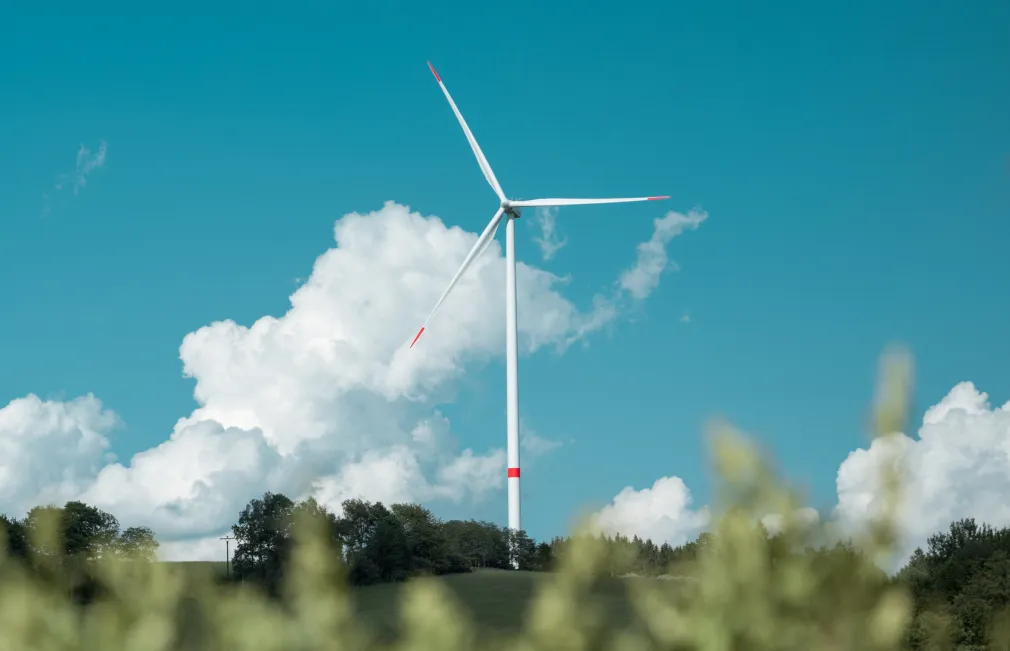Benchmarking buildings: How does the Danish property market stack up?
.webp)
As the adage goes, you can’t manage what you don’t measure, and although you might be able to measure your properties’ energy consumption and CO2 emissions, getting an idea of how your properties stack up against others is hard to do – a shame, because energy benchmarking is essential for evaluating building performance and can be extremely useful in identifying energy optimisation or reduction opportunities.
However! This has all changed with the introduction of our new benchmarking feature.
Together with Colliers International, the global investment management company, we have benchmarked the Danish property market and collected a wealth of exclusive data on the Danish property market.
This data lets you, for the first time, benchmark your properties against others by building types and construction years. Not only does this give us some fascinating insights into the market overall, but it also gives you a far more granular idea of how well your properties are performing.
We’ve chosen several insights to share with you, and of course, if you’re curious to know more, just get in touch!
The median energy consumption across Danish properties
The median energy consumption varies quite significantly across property types. Warehouses and industrial buildings have quite a low consumption per m2, whereas terraced housing and hotels see the highest consumption.


Energy consumption and construction year
We can see a significant correlation between energy consumption in terraced housing and its construction year.

But not all property types show the same strong correlation.
Even though consumption is falling, the correlation is not quite as clear for all property types.


Regional differences in energy intensity
For apartment buildings, there is roughly a 25% difference between the median energy intensity of the region with the least intensity and the region with the highest intensity. The difference is more than 40% for terraced housing. In both cases, Bornholm is the region with the highest energy intensity.


Regional differences in emission intensity
Interestingly, when looking at the emission intensity, Bornholm has the lowest intensity.
What’s also worth pointing out is that the difference between the highest intensity and lowest intensity is far more significant than the energy intensity, with more than a factor of five in difference.
It’s clear that local emission factors are the deciding factor in the size of emissions from buildings.


Top 15% of properties
Looking at the top 15% of the properties, it is no wonder that warehouses and industrial buildings have a very low energy intensity. Interestingly, the top 15% of offices are below the threshold for an EPC B in Denmark, whereas terraced houses, terraced housing and hotels are just above that threshold.


Please note that this is an approximate comparison because comundo’s calculation methods are different from the calculation methods used for EPCs.
What did we base our research on?
We’ve based our research on energy data from the OIS database, which contains data from around 1.6 million buildings. The building types sampled in this dataset are based on energy data from more than 400,000 buildings 2023 (the last complete year of data available in the OIS database).
All energy for the buildings has been included, i.e. electricity and heat, regardless of the type of heat. Local emission factors have been utilised to calculate the emission intensities.
Want to know more?
If you’ve ever wondered how your properties stack up against similar properties, you can get a big step closer to finding out – with comundo. Get in touch today and learn more about how we can help you benchmark your properties.


.webp)
.webp)